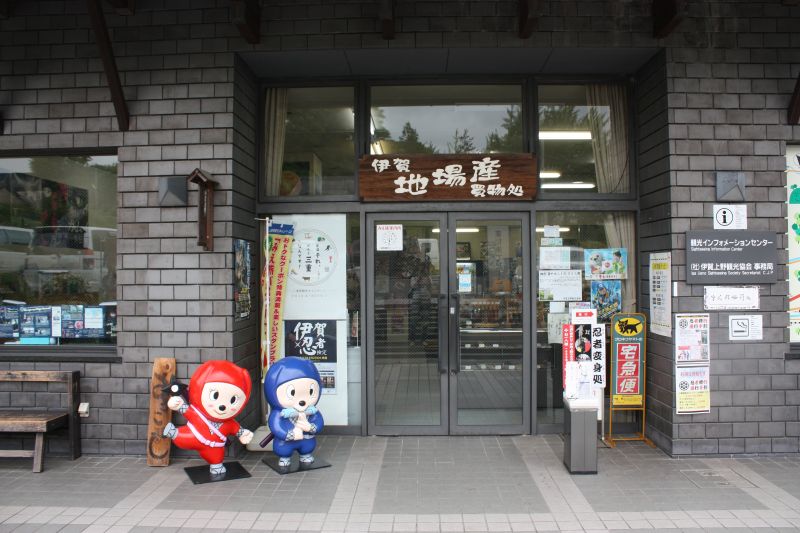- (英語)HOME
- IGATABI no SUSUME, Travel Recommendations in IGA
- Search by Purpose of Visit
- Unique Iga Cuisine

Unique Iga Cuisine
The harsh climate and clean water that are unique to the Iga Basin make Iga the home of many delicious ingredients as well as cuisine featuring them.
Iga Beef
The Pride of Iga, a Beef Brand Known as the "Champion of Beef"
This beef is the pride of Iga and is known as the "Yokozuna of Beef" (yokozuna meaning sumo champion) for its mellow aroma, bright marbling, and tenderness that melts in your mouth. Restaurants throughout the city offer a wide range of dishes that feature Iga beef, including grilled beef and croquettes.
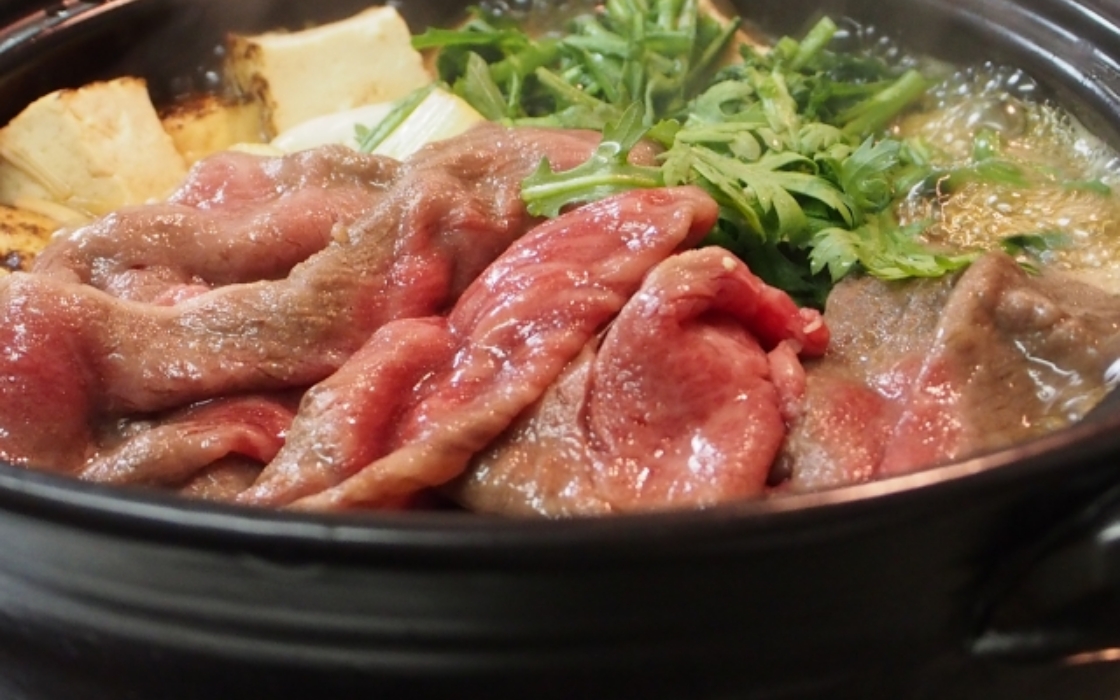
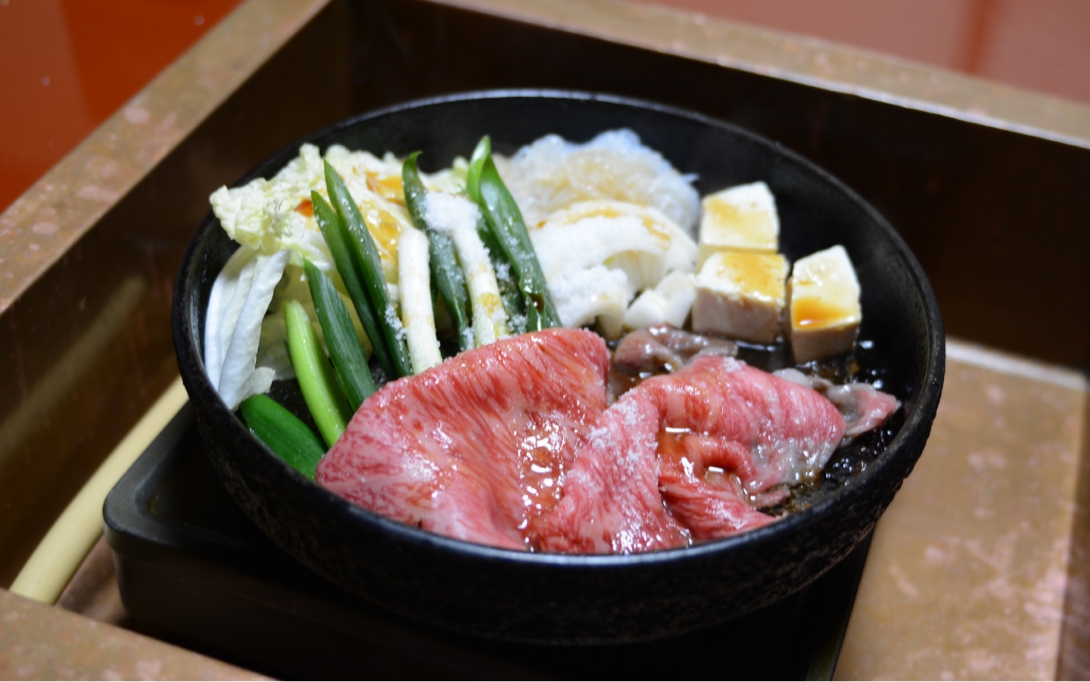
Even Ninjas Ate This! Discover Rare and Delicious Iga Beef
Iga Beef, a high-quality meat comparable to Matsusaka and Kobe Beef, is a local delicacy rarely found outside of Iga. Its limited availability has earned it a reputation as a rare meat that is highly sought after. Historically, Ninjas would even carry dried Iga beef as a portable food source. Today, advancements in agriculture and breeding have allowed for a supply of high-quality beef cattle, making Iga Beef a must-try delicacy.
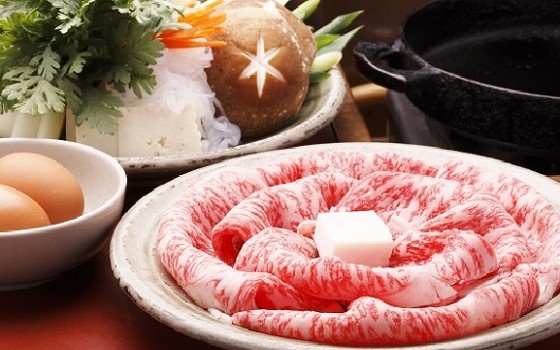
Enjoy Exquisite Sukiyaki at a Famous Restaurant
Many restaurants in the city offer Iga Beef, but Ganso Iganiku Kanaya, which boasts a history of about 100 years, is a long-established restaurant that has been a favorite of the locals for generations. The restaurant’s founder, the first-generation owner, was apparently the first to sell Iga Beef to Tokyo. Kanaya is one of the best places to go for the most delicious Iga Beef, which has been carefully selected and improved over generations.
Tofu Dengaku
A Feast of Traditional Iga Region Cuisine
One of the most popular dishes of the region is Tofu Dengaku, a healthy meal made by dipping tofu in miso sauce and grilling it to create a deliciously fragrant aroma.
For generations, Tofu Dengaku has been a staple of gatherings and celebrations in Iga, from New Year's feasts to cherry blossom viewing parties.
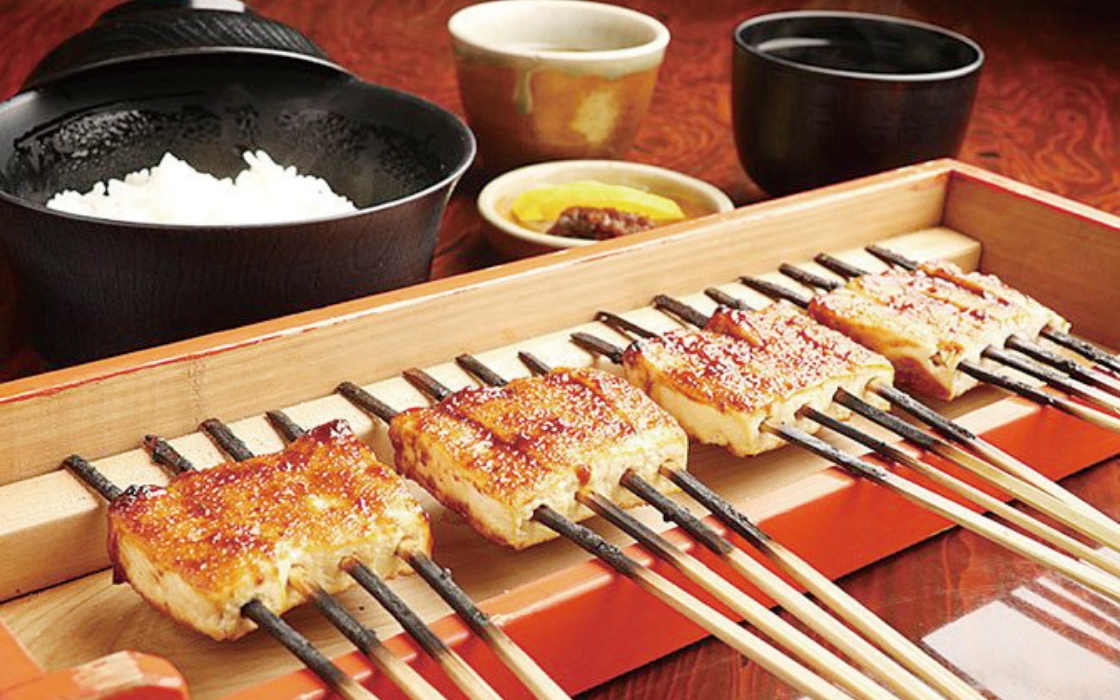
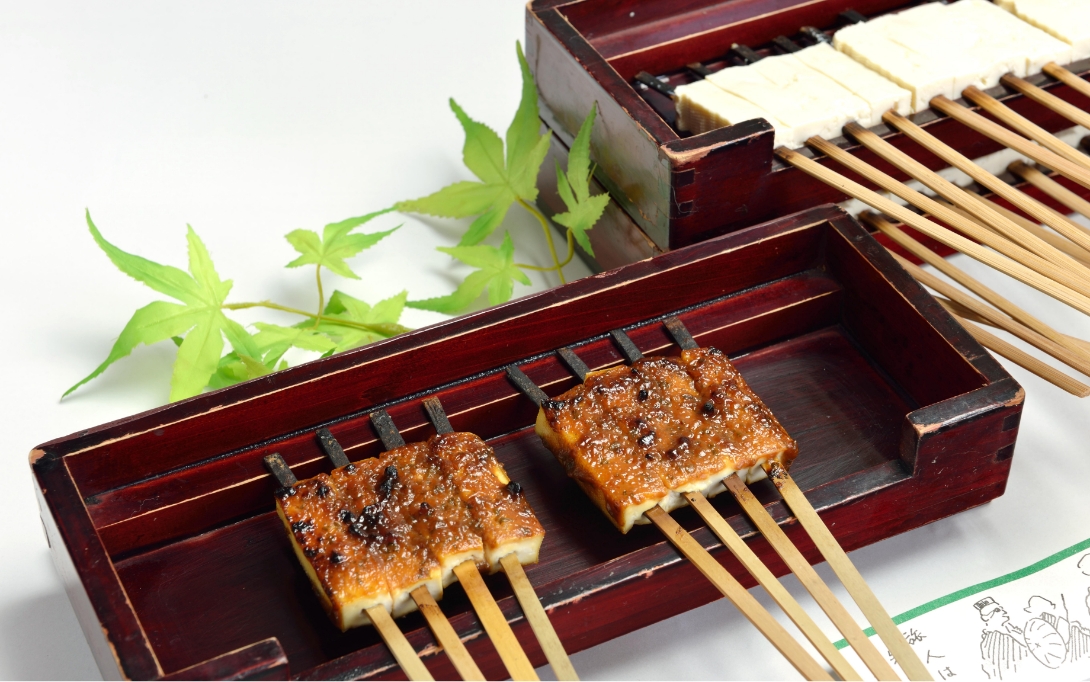
The Origins of Tofu Dengaku
Surrounded by mountains on all sides, the Iga region faced difficulties obtaining seafood, so tofu and miso, made from the soybeans that grew in abundance here, were highly valued as a source of protein. From the Heian Period through the Muromachi Period (794-1568), dances were performed to pray for a good harvest during rice planting, known as "Dengaku-mai" or "Dengaku-odori". Eventually, specialists in these dances called "Dengaku-hōshi" developed, transforming it into an event dedicated to temples. The name "Dengaku" is said to come from the fact that the food, made by dipping tofu in miso and skewering it, resembled the appearance of the "Dengaku-hoshi" at that time.
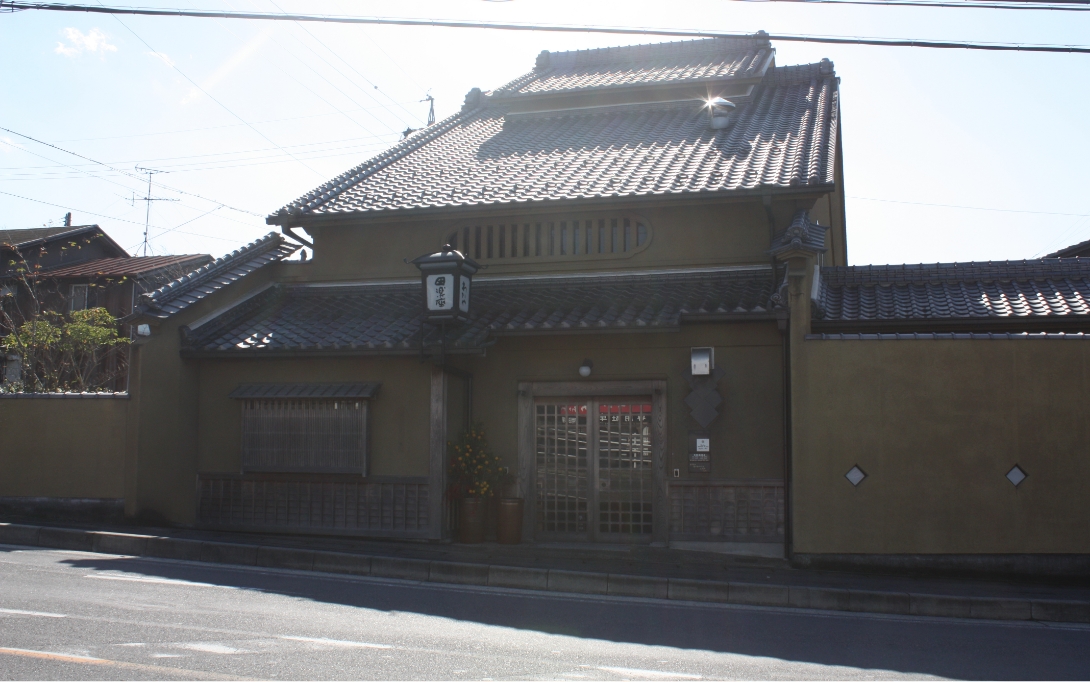
A Time-Honored Dengaku Shop in Existence Since the 1800s
Dengakuza Wakaya is a time-honored restaurant that has been making the Iga delicacy of Tofu Dengaku for many years. They are committed to using locally sourced ingredients, carefully selecting organically grown soybeans for their tofu and aging their miso for roughly 1,000 days to achieve a mellow flavor, then grilling it over charcoal at a low temperature.
The restaurant is also known for its innovative approach to traditional cuisine, incorporating healthy ingredients such as yuba (tofu skin), soy milk, and okara (soy pulp), as well as wine pairings proposed by the proprietress, the first female sommelier in Iga.
Iga Sake
Beautiful Sake Brewed in the Climate of Iga
There are three essentials for making delicious sake: good rice, good water, and harsh cold.
With its high-quality Iga rice (Yamada-Nishiki) fresh spring water from the mountains, and the distinctively harsh, dry winters of the basin, Iga has established itself as an ideal location for sake brewing.
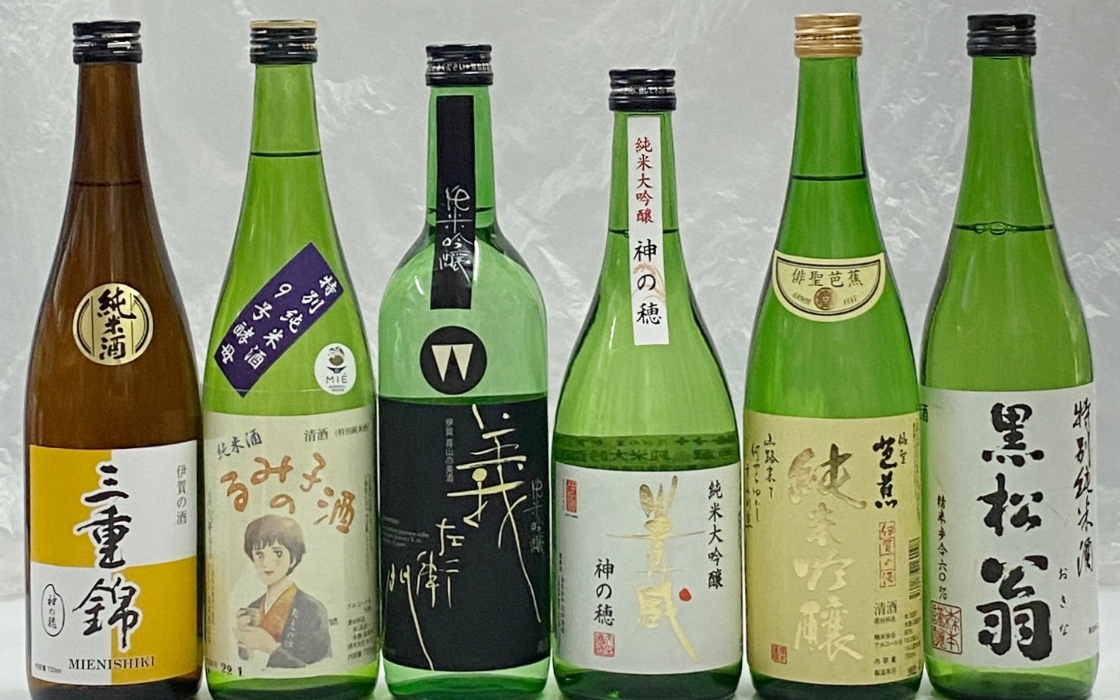
A Place Where You Can Taste All Seven of Iga's Breweries
Iga is home to seven sake breweries, each with its own unique characteristics. Kikuno Shoten KK is the only sake wholesaler in Iga that deals directly with all seven of the Iga sake breweries. They host sake-tasting events and welcome tourists, so if you're interested in sampling some sake, feel free to stop by.
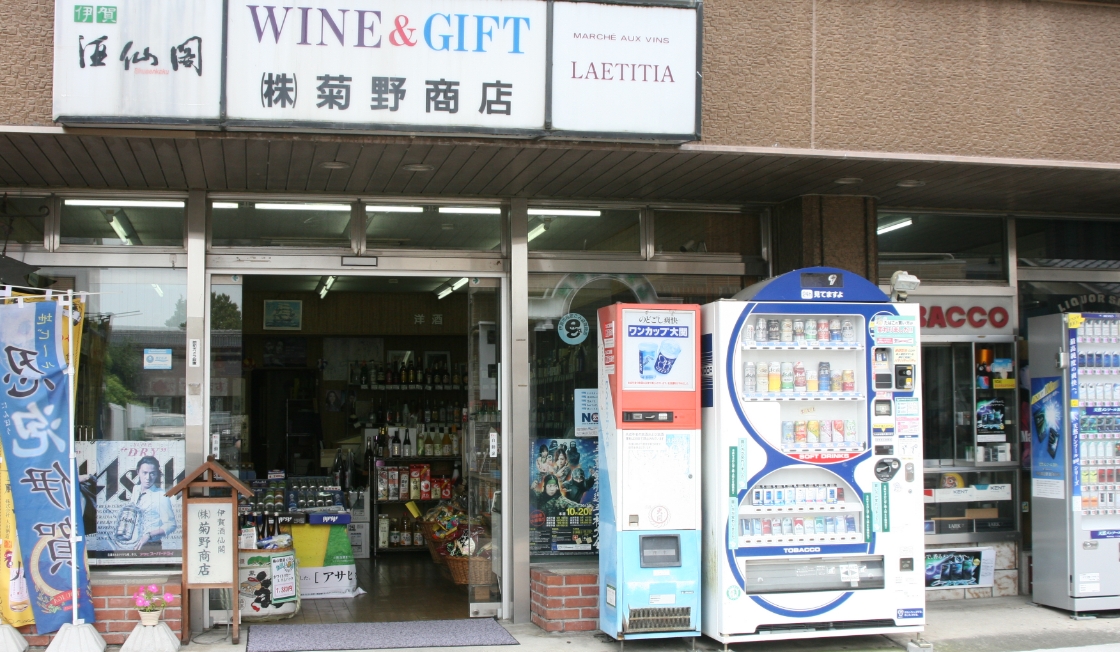
Iga no Sato Mokumoku Tezukuri Farm
An Agricultural Park Full of Culinary Delights
Visitors can learn about agriculture and food throughout the year through activities such as sausage-making, bread-baking, and strawberry-picking at this agricultural park spanning an area three times the size of Tokyo Dome.
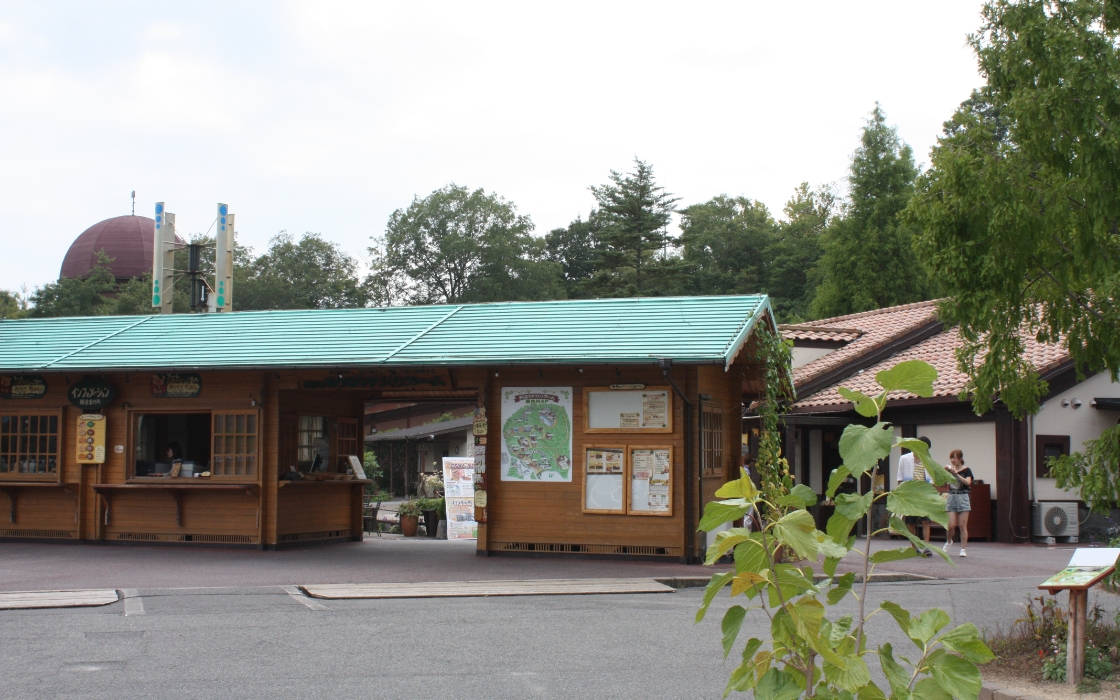
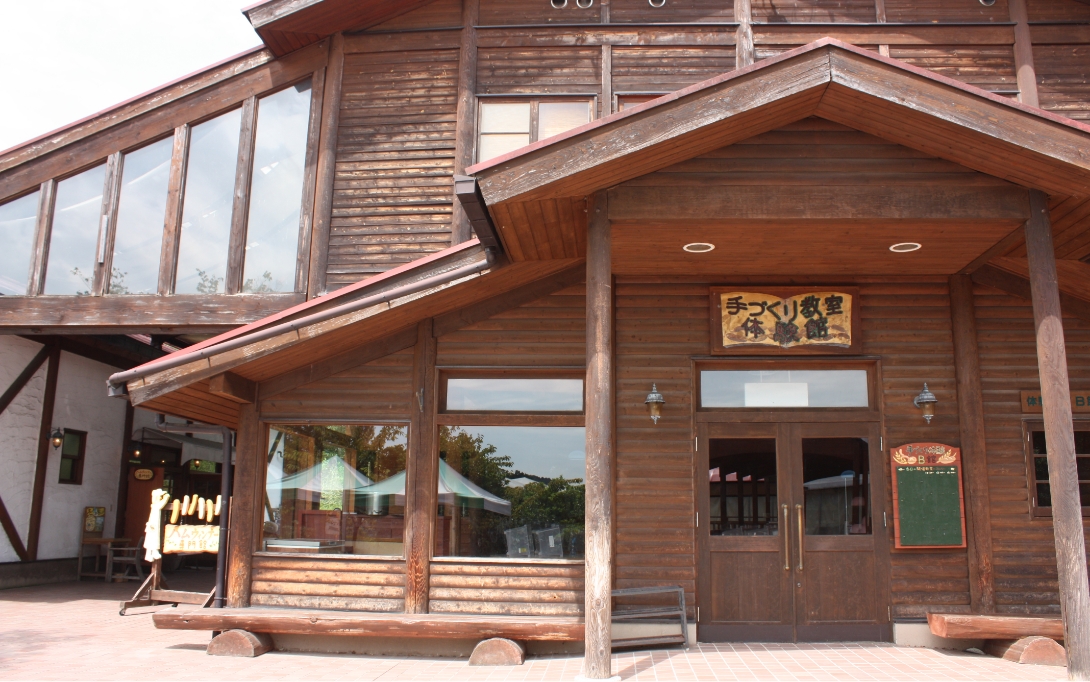
Learn Everything from Growing Vegetables and Rice to Dairy Farming
If you're looking for a more in-depth learning experience, this agricultural park offers hands-on experiences such as vegetable harvesting, rice planting and harvesting, and dairy farming at the Jersey Farm, as well as more immersive experiences that involve overnight stays.
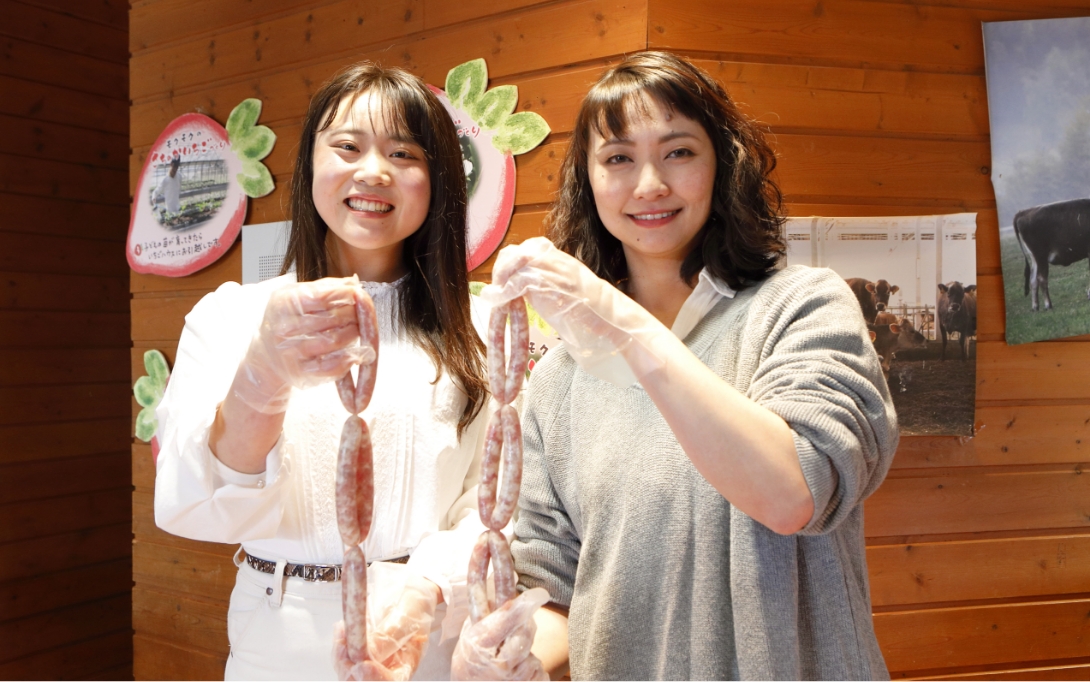
Try Making Your Own Coarsely Ground Sausage, the Farm's First Product
One of the most popular experiences at this farm is making your own coarsely ground sausage using natural sheep intestines, the company's first product back in the mid-1980s. Making your own sausage by hand is a great way to learn about how sausage is actually made. You can also try your freshly made sausage.
Iga no Sato Mokumoku Tezukuri Farm
ミニ豚ショーや手づくり体験が大人気の農業公園
レストランや売店、温泉も自然・農業・手づくりをテーマにしたエコロジーファームです。
養豚からハム・ウィンナーづくり、大麦の生産から地ビールづくり、米の生産から和菓子づくり、小麦の生産からパン・パスタ・焼き菓子づくりと、手づくりの行程を各工房で見学でき、教室では手づくり体験ができます。
また、家畜動物とのふれあいの場や農業が楽しみながら学べるイベントの開催や、自然浴を楽しむ野天風呂があります。
| Adress | 3609 Nishiyubune,Iga City,Mie |
|---|---|
| Contact | TEL:(+81)595-43-0909 HP:http://www.moku-moku.com |
Decchi Yokan
Decchi Yokan, a Traditional Winter Treat Loved Since Antiquity
Decchi yokan (jellied red bean paste) is found in western Japan, particularly in the Kinki region, and varies from region to region. Kyoto and Omi-Hachiman have mushi (steamed) yokan, while Fukui and Iga-Ueno have mizu (water) yokan. While Mizu Yokan is typically known as a summer treat, it is considered a winter treat in Iga.
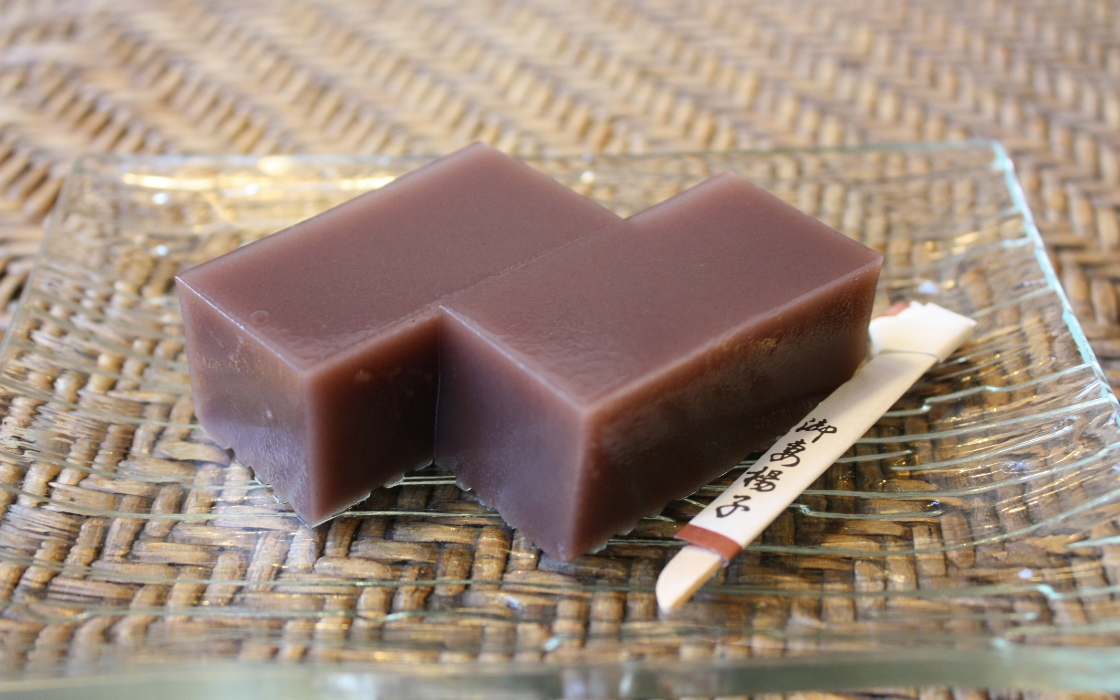
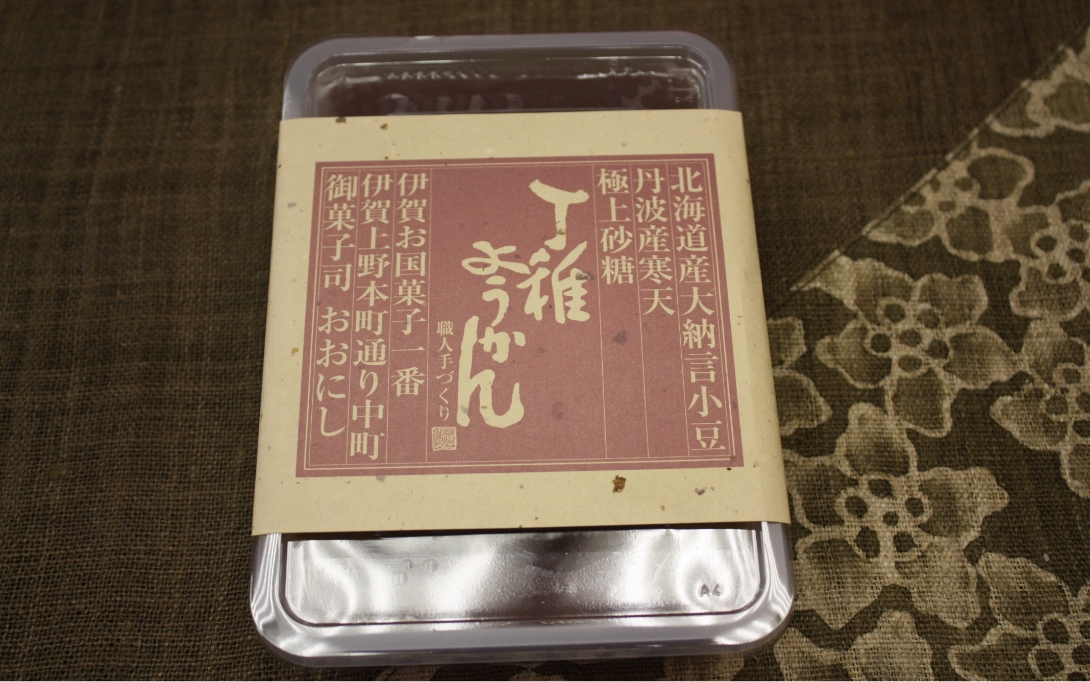
The Origin of the Name Decchi Yokan
Legend has it that in the late Edo period (1603-1867), after decchi (apprentices) finished making kneaded yokan, they would mix leftover yokan in a pot with water and eat it like mizu yokan, earning it the name decchi yokan.
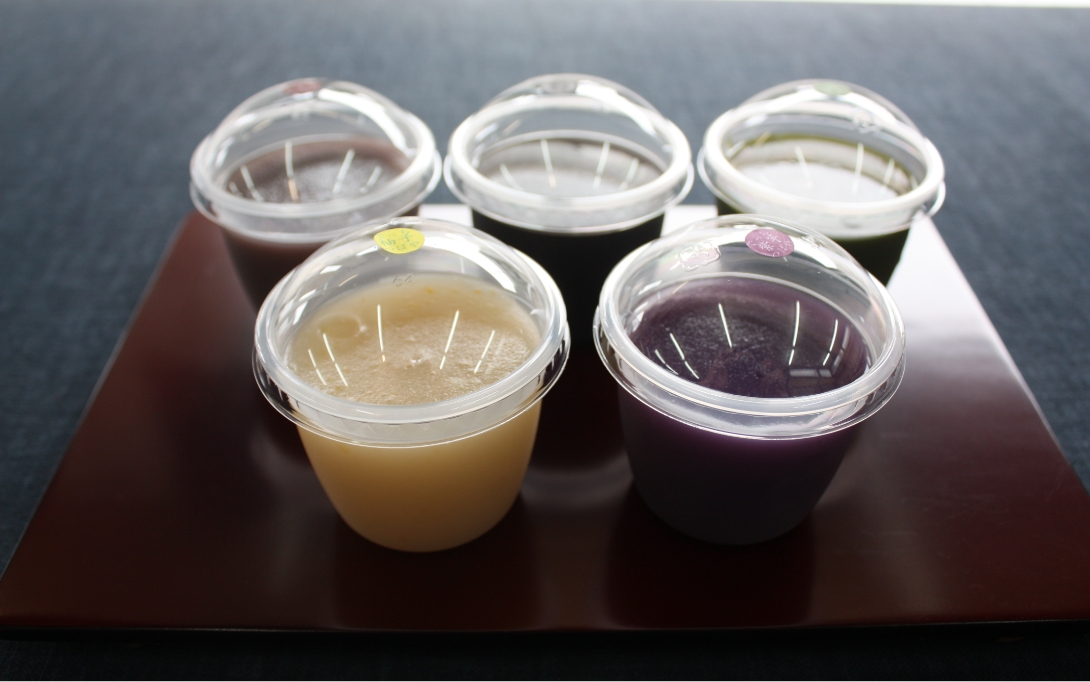
Decchi Yokan, Packed with the Seasonal Flavor of Iga
Iga's decchi yokan, which is not as sweet as ordinary mizu yokan, has a pleasing texture and melts in your mouth. Since it was typically only served in the winter, the original Iga way of eating it was to enjoy cooled decchi yokan in a warm room during the cold winter. These days, in addition to traditional decchi yokan, some stores also sell more elaborate versions, with subtle differences that vary from store to store.
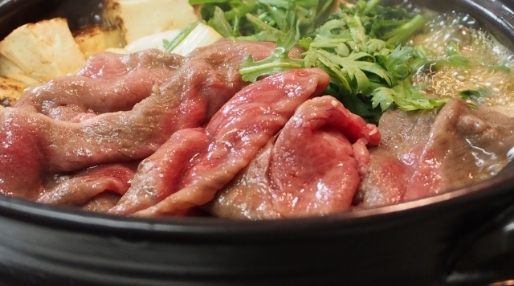
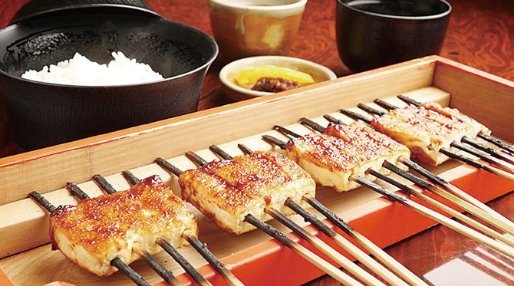
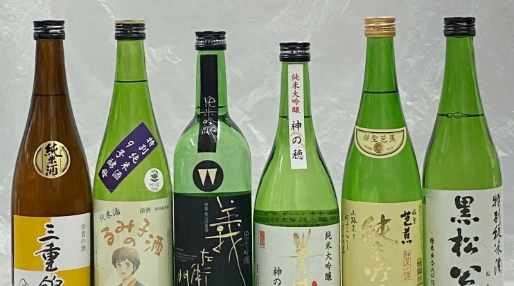
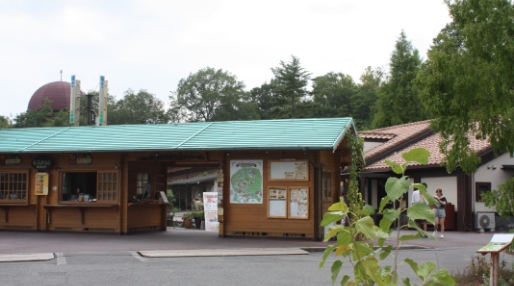
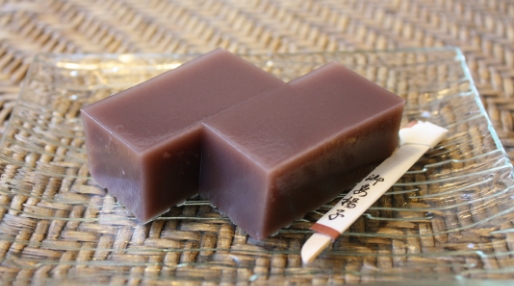
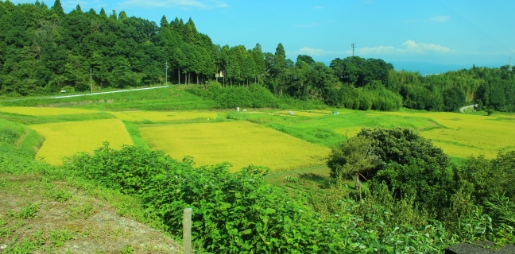
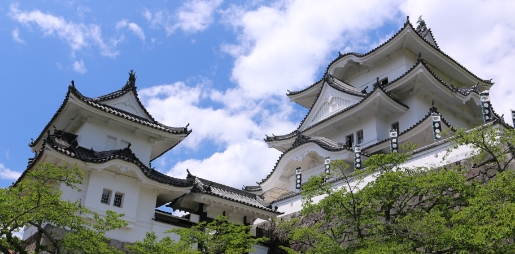
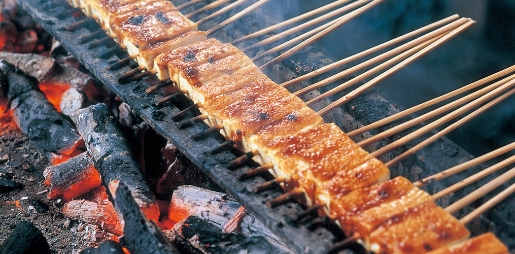
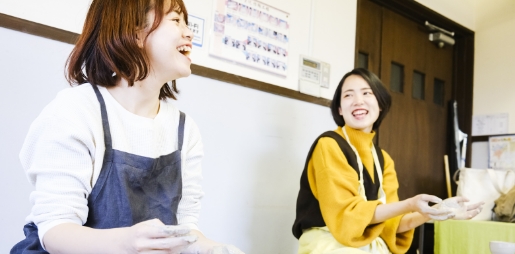
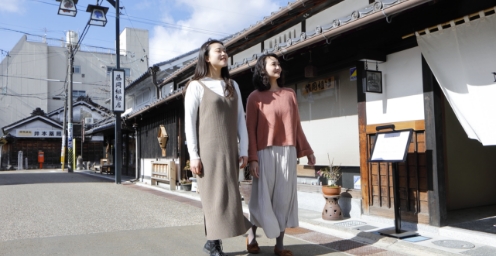
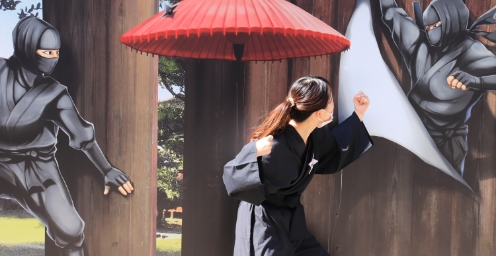


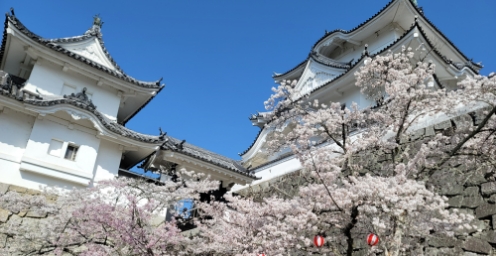

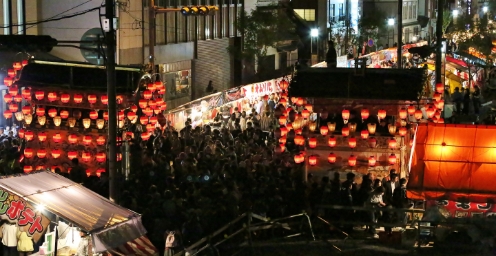
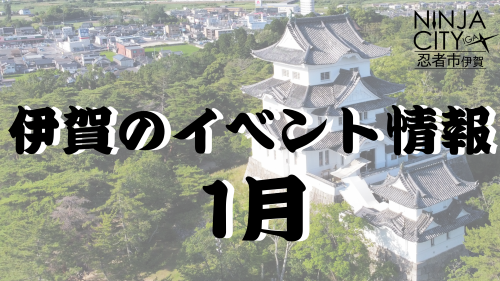




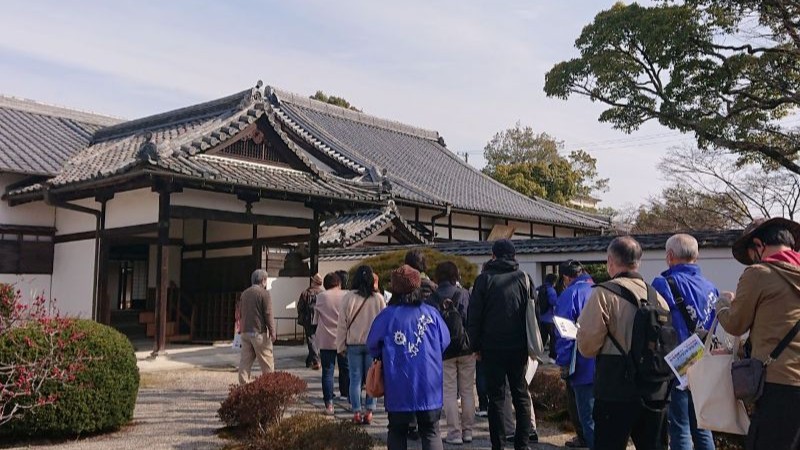
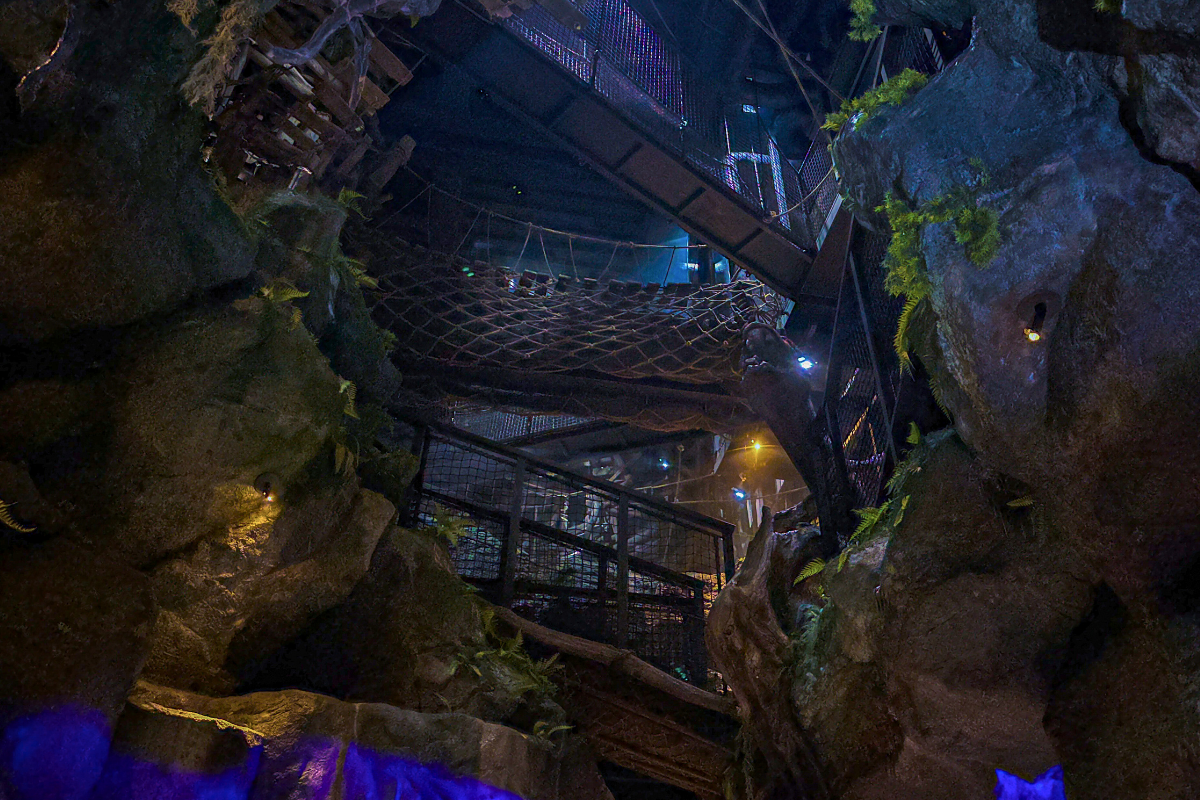

.png)
